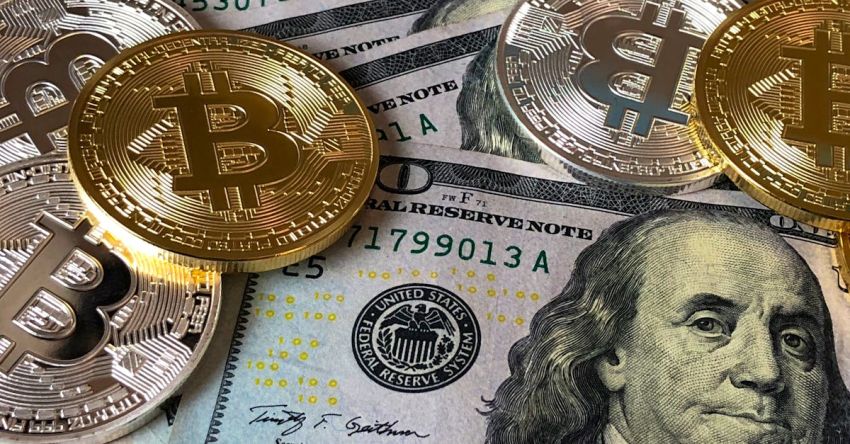In today’s rapidly evolving financial landscape, the rise of digital currencies has sparked significant interest and debate in comparison to traditional fiat currencies. Understanding the key differences between fiat and digital currencies is crucial for anyone looking to navigate the complexities of the modern financial world. Let’s delve into the distinct characteristics of these two forms of currency and explore how they shape our financial transactions and systems.
Fiat Currency: A Brief Overview
Fiat currency is the traditional form of money that is issued and regulated by governments. Examples of fiat currencies include the US dollar, Euro, Japanese yen, and British pound. These currencies are not backed by a physical commodity like gold or silver but derive their value from the trust and confidence placed in the issuing government.
Fiat currencies are typically physical notes and coins, but the majority of transactions are now conducted electronically through banking systems. Central banks have the authority to control the supply of fiat currency, influencing factors such as interest rates and inflation to stabilize the economy.
Digital Currency: The Emergence of a New Era
Digital currency, on the other hand, is a decentralized form of currency that exists solely in digital form. The most well-known digital currency is Bitcoin, but there are thousands of other cryptocurrencies in circulation today, each with its own unique features and purposes.
Digital currencies are based on blockchain technology, which ensures transparency, security, and decentralization. Transactions involving digital currencies are recorded on a public ledger and verified by a network of computers, eliminating the need for intermediaries such as banks.
Key Differences between Fiat and Digital Currency
Value and Regulation:
One of the fundamental differences between fiat and digital currencies lies in how their value is determined and regulated. Fiat currencies derive their value from government backing and economic stability measures, whereas digital currencies rely on market demand and supply dynamics.
While central banks have the authority to manipulate the supply of fiat currency to regulate the economy, digital currencies operate on a decentralized network where the value is determined by market forces and adoption rates.
Accessibility and Inclusivity:
Digital currencies have the potential to enhance financial inclusion by providing access to financial services for individuals who are underserved or excluded from the traditional banking system. With digital currencies, anyone with an internet connection can participate in global financial transactions, bypassing the need for a bank account or physical cash.
Fiat currencies, on the other hand, are subject to geographical and regulatory limitations, making it challenging for individuals in remote or underbanked areas to access basic financial services.
Security and Privacy:
The security and privacy features of fiat and digital currencies also differ significantly. While fiat transactions are subject to monitoring and regulation by financial institutions and governments, digital currencies offer a higher level of privacy and anonymity due to their decentralized nature.
However, the same features that provide privacy in digital currency transactions can also make them attractive to illicit activities such as money laundering and tax evasion. Regulatory authorities are continuously…
Impact on Financial Systems:
The advent of digital currencies has the potential to disrupt traditional financial systems by offering alternative payment methods and challenging the existing monetary framework. While fiat currencies remain the primary medium of exchange in most economies, digital currencies are gaining traction as a store of value and means of transacting globally.
As digital currencies continue to evolve and gain mainstream acceptance, governments and financial institutions are grappling with how to regulate and integrate these new forms of currency into the existing financial ecosystem.
In Conclusion:
The differences between fiat and digital currencies reflect the broader shifts in the global economy towards digitalization and decentralization. While fiat currencies have long served as the cornerstone of financial systems, digital currencies offer a new paradigm that challenges traditional notions of money and value.
As both forms of currency coexist and interact in the financial landscape, understanding their distinct characteristics and implications is essential for individuals and institutions seeking to navigate the complexities of modern finance. Whether you’re a seasoned investor or a curious observer, staying informed about the differences between fiat and digital currencies will empower you to make informed decisions in an increasingly digital world.










